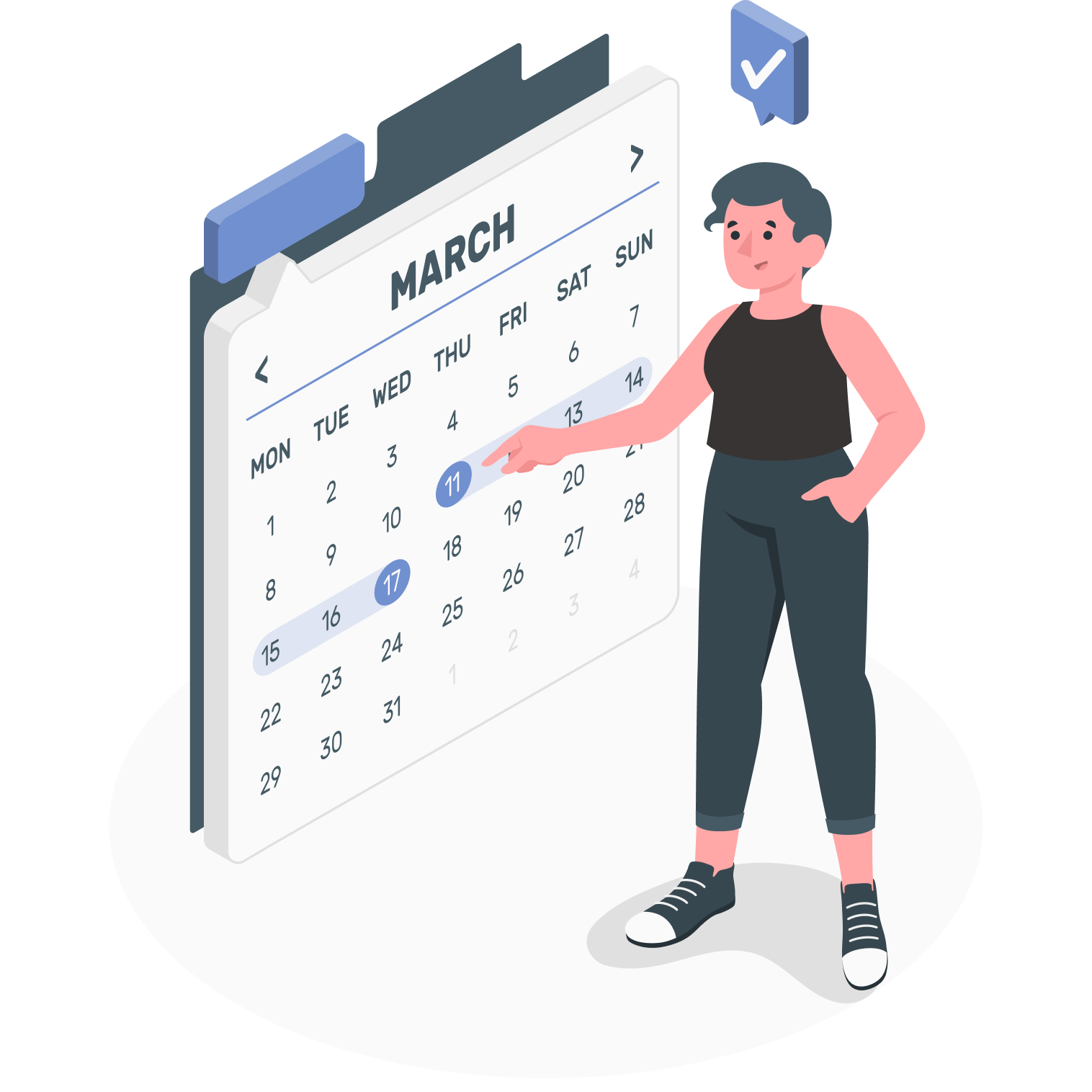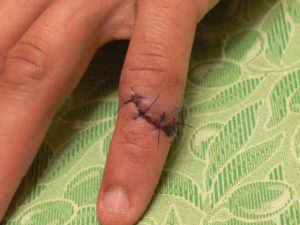Daylight Savings Time begins Sunday, March 12, 2017. As you prepare to set your clocks ahead one hour, remember to check the batteries in your carbon monoxide (CO) detector. If you don’t have a battery-powered or battery back-up CO alarm, now is a great time to buy one. About 400 people die each year in the United States from unintentional, non-fire related CO poisoning. Visit your nearest Statcare Urgent Care if you have had carbon monoxide exposure.
Carbon monoxide is formed when organic compounds burn. The most common sources are motor vehicle exhaust, smoke from fires, engine fumes, and nonelectric heaters. CO from these sources can build up in enclosed or partially enclosed spaces. People and animals in these spaces can be poisoned and can die from breathing CO.
What Are The Symptoms Of Carbon Monoxide Poisoning?
Symptoms of CO poisoning include headache, nausea, fatigue, dizziness, vomiting, chest pain and confusion. Therefore, if you have these symptoms, visit urgent care at once.
CO poisoning is entirely preventable. You can protect yourself and your family by acting wisely in case of a power outage and learning the symptoms of CO poisoning.
How can I prevent carbon monoxide poisoning in my home?
1. Install a battery-operated or battery back-up CO detector in your home and check or replace the battery when you change the time on your clocks each spring and fall.
2. Don’t run a car or truck inside a garage attached to your house, even if you leave the door open.
3. Never burn anything in a stove or fireplace that isn’t vented.
4. Never heat your house with a gas oven.
5. Never use a generator, charcoal grill, camp stove, or other gasoline or charcoal-burning device inside your home, basement or garage or outside less than 20 feet from a window, door or vent.
6. Have your heating system, water heater, and any other gas, oil, or coal burning appliances serviced by a qualified technician every year.










